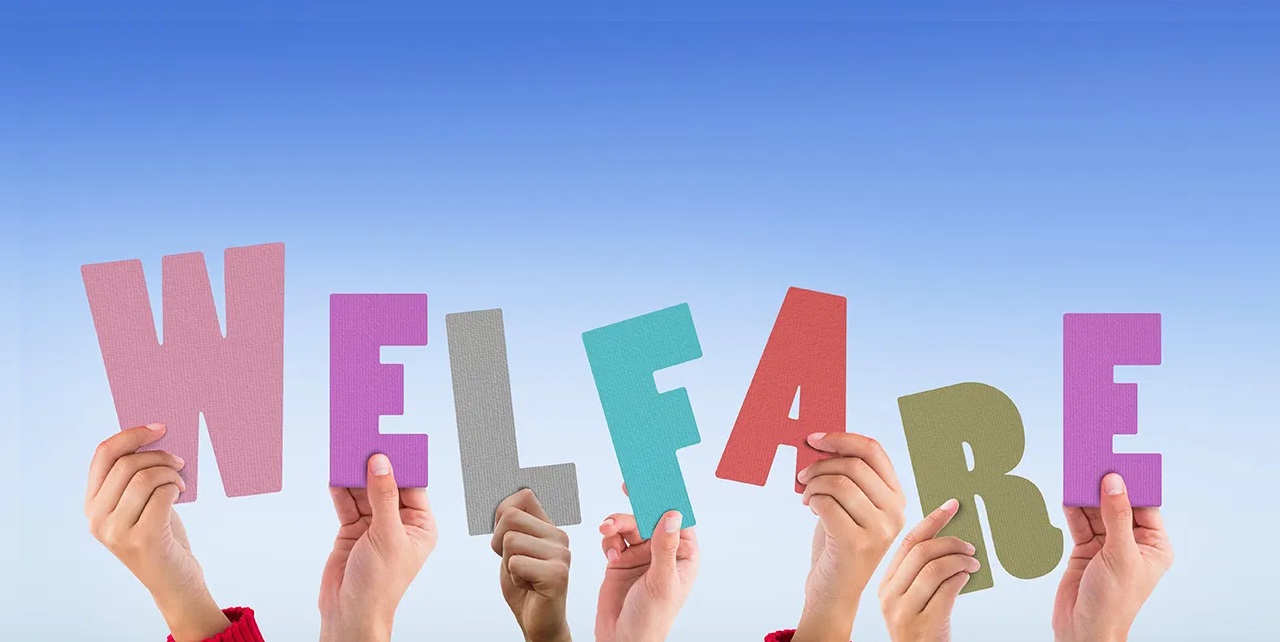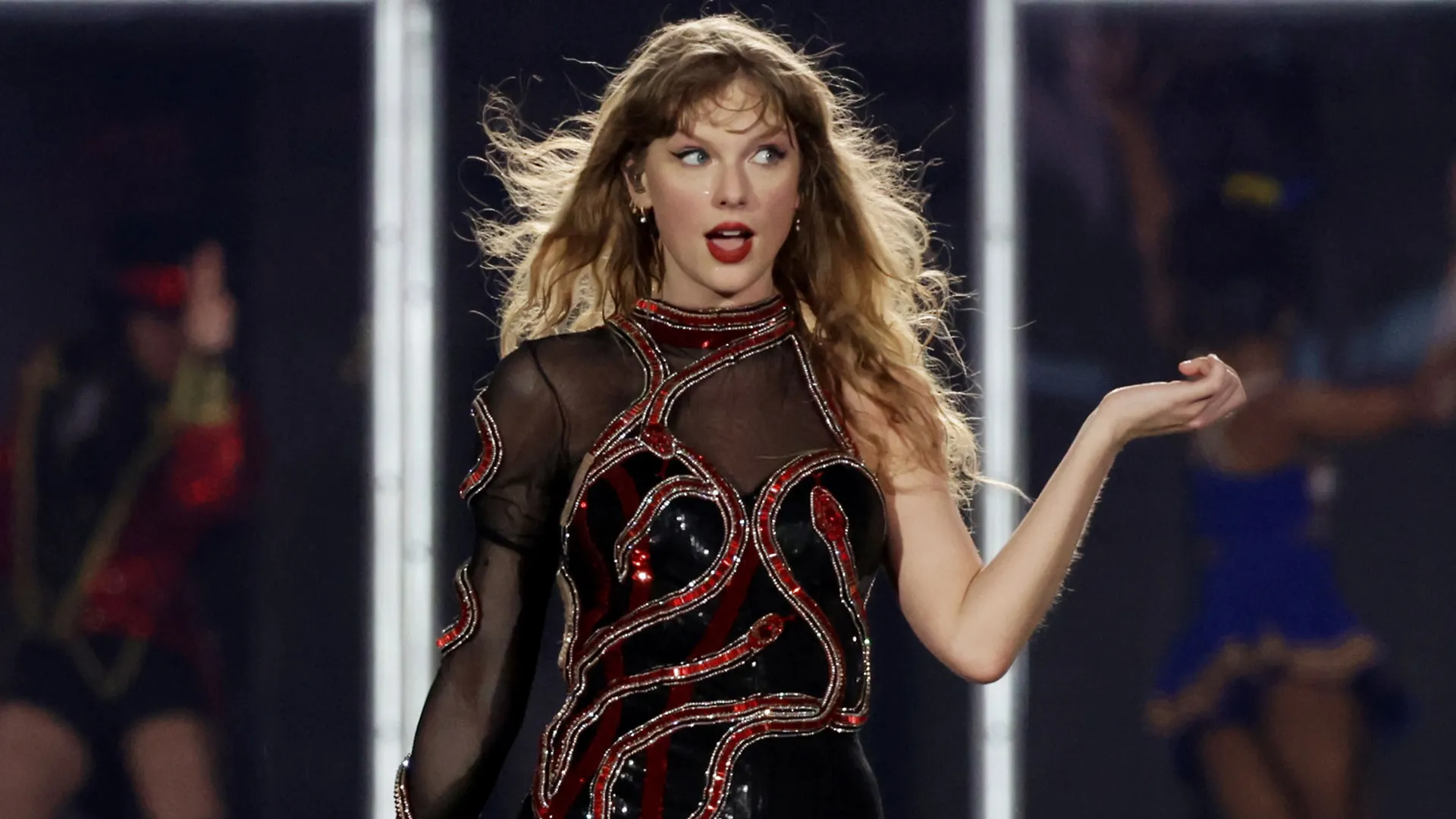Most Beneficial Welfare Programs in Malaysia

Strong 8k brings an ultra-HD IPTV experience to your living room and your pocket.
Malaysia, a country rich in cultural diversity and economic growth, has made significant strides in providing support for its citizens through a variety of welfare programs. These initiatives are designed to reduce poverty, ensure access to basic needs, and promote a more equitable society. Over the years, the Malaysian government has introduced and expanded several key welfare programs aimed at supporting low-income families, the elderly, persons with disabilities, and other vulnerable groups.
This blog post explores some of the most beneficial welfare programs in Malaysia, highlighting their goals, impact, and how they improve the lives of Malaysians from all walks of life.
1. Bantuan Sara Hidup (BSH) / Bantuan Tunai Rahmah (BTR)
Previously known as Bantuan Rakyat 1Malaysia (BR1M), the Bantuan Sara Hidup program was rebranded as Bantuan Tunai Rahmah (BTR) to reflect the government’s renewed commitment to inclusive welfare. The program provides direct cash transfers to low- and middle-income households.
Eligibility is primarily based on household income, and the financial assistance is meant to cover essential living expenses, including food, utilities, and school-related costs for children. The payments are distributed several times throughout the year, which helps recipients manage their finances better and cope with rising living costs.
2. i-Suri: EPF Contributions for Housewives
The i-Suri program is a groundbreaking initiative aimed at recognizing the contributions of housewives and unpaid carers in Malaysia. Under this scheme, the government makes contributions to the Employees Provident Fund (EPF) accounts of registered housewives who are part of the e-Kasih database.
In addition to encouraging financial security in old age, i-Suri provides an opportunity for women to build their retirement savings and gain access to social protection benefits typically enjoyed by formal sector employees. This welfare measure represents a shift toward inclusive social safety nets that value unpaid domestic work.
3. MySalam: Health Protection Scheme
MySalam is a health protection scheme that offers free takaful (Islamic insurance) coverage to eligible Malaysians from the B40 income group. The initiative provides lump-sum payments and daily income replacement in the event of hospitalization or critical illness diagnoses, including cancer, heart disease, and stroke.
The program significantly eases the financial burden on low-income families dealing with serious health challenges. MySalam also promotes preventive healthcare by encouraging individuals to seek early diagnosis and treatment, thus improving overall public health outcomes.
4. Program Perumahan Rakyat (PPR): Affordable Housing
Affordable housing remains a cornerstone of social welfare in Malaysia. The Program Perumahan Rakyat (PPR), administered by the Ministry of Local Government Development, aims to provide quality housing for low-income families at affordable rates.
These housing units are either rented or sold at subsidized prices, making them accessible to those who would otherwise be unable to afford decent accommodation. PPR projects are typically built in urban and semi-urban areas to ensure residents have access to essential amenities such as schools, hospitals, and public transportation.
5. SARA
At the heart of Malaysia's welfare initiatives in recent years is the Sumbangan Asas Rahmah program. This targeted assistance scheme is specifically designed to support low-income households in purchasing essential daily necessities.
Launched as part of the broader Payung Rahmah initiative, SARA provides monthly credit to eligible B40 families through a cashless payment system at selected supermarkets and grocery stores. Beneficiaries receive between RM100 to RM300 monthly, depending on household composition and needs.
What sets Sumbangan Asas Rahmah apart is its focus on basic sustenance. Rather than providing unrestricted cash handouts, the credit is restricted to the purchase of food items, household supplies, and hygiene products. This ensures that the aid serves its intended purpose: improving nutrition, family well-being, and quality of life for the most vulnerable Malaysians.
Moreover, the digital nature of the program enhances transparency and reduces administrative costs. It also empowers recipients by giving them autonomy in deciding how to use the assistance within a well-defined framework.
6. Jabatan Kebajikan Masyarakat (JKM) Assistance Schemes
The Department of Social Welfare, or Jabatan Kebajikan Masyarakat (JKM), offers a variety of welfare support programs for different groups in need. These include:
Bantuan Kanak-Kanak: Financial assistance for children from underprivileged families.
Bantuan Orang Tua: Monthly aid for senior citizens who are poor or abandoned.
Bantuan OKU: Various forms of assistance for persons with disabilities, including vocational training and equipment support.
These programs are critical for building a safety net for marginalized groups and promoting inclusive growth in Malaysian society.
7. PeKa B40: Healthcare for the Bottom 40%
Another impactful program is PeKa B40, a government-funded healthcare initiative that provides free medical screenings and subsidies for medical devices, cancer treatment, and transportation for the B40 group.
The program bridges the gap in healthcare access between urban and rural populations and reduces financial barriers to early diagnosis and treatment. With Malaysia’s aging population on the rise, initiatives like PeKa B40 are becoming increasingly important.
8. Skim Mesra Usia Emas (SMUE)
Offered in several states such as Selangor, Skim Mesra Usia Emas provides cash contributions to senior citizens and the families of deceased recipients. The scheme helps cover funeral expenses and honors the elderly with tangible recognition of their contributions to society.
While not a federal program, SMUE demonstrates how state-level welfare initiatives can complement national efforts to ensure no one is left behind.
Final Thoughts
Malaysia’s welfare landscape continues to evolve in response to changing socioeconomic needs. These programs, especially the Sumbangan Asas Rahmah, highlight the government's commitment to providing practical, targeted support for vulnerable populations. By focusing on essentials such as food, health, housing, and education, these initiatives uplift millions and reduce inequalities across the country.
It’s important for eligible individuals to stay informed and register for the programs that match their needs. Equally, policymakers must ensure that these systems remain transparent, accessible, and adaptable for the future. Welfare is not just a handout—it is an investment in the nation’s stability, productivity, and shared prosperity.
Note: IndiBlogHub features both user-submitted and editorial content. We do not verify third-party contributions. Read our Disclaimer and Privacy Policyfor details.







